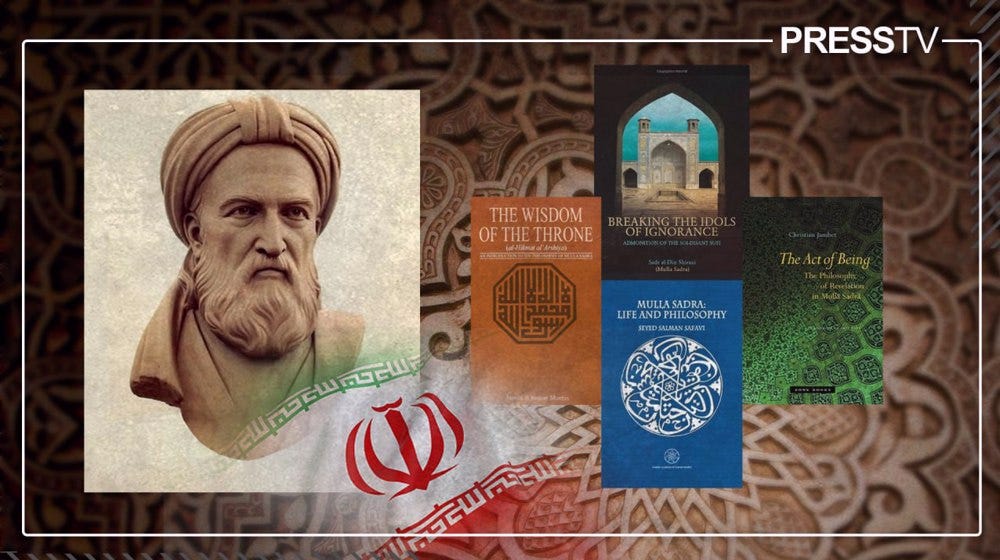Mulla Sadra: The Mystic Philosopher Who Transformed Islamic Thought
How a 17th-century Iranian sage bridged reason and mysticism to shape the future of philosophy
In the heart of 17th-century Shiraz, students gathered in the Khan School, captivated by the teachings of a remarkable scholar—Mulla Sadra. Far more than a traditional instructor, Sadra was a visionary who reimagined the foundations of Islamic metaphysics, inviting his students to see existence, truth, and the soul’s journey toward God in a new light.
Born around 1571 in Shiraz, Ṣadr al-Din Muḥammad Shirazi, later known as Mulla Sadra, was a prodigy nurtured by his noble father. Excelling in Islamic texts, literature, theology, and science, Sadra’s intellectual journey led him to Isfahan, the Safavid Empire’s intellectual capital. There, he studied under the era’s greatest minds, including Bahaʾ al-Din al-ʿAmili and Mir Damad, and immersed himself in the works of thinkers like al-Farabi, Avicenna, Suhrawardi, and Ibn ʿArabi.
Sadra’s bold synthesis of rational philosophy and mystical insight drew criticism from conservative circles, prompting him to retreat to the village of Kahak near Qom. In this solitude, he dedicated himself to spiritual purification and deep contemplation. It was here that he developed his groundbreaking school of thought, al-ḥikmat al-mutaʿliyah—Transcendent Theosophy—which sought to reconcile mystical intuition with rational knowledge, emphasising that true understanding is both logical and experiential.
At the core of Sadra’s philosophy is his magnum opus, al-Asfar al-Arbaʿah (“The Four Journeys”), a monumental work that maps the soul’s progression through four existential journeys: from creation to the Creator, in the presence of the Creator, from the Creator back to creation, and with the Creator among creation. His theory of the gradation of existence (tashkik al-wujūd) posits that all beings are defined by their existential intensity, constantly moving toward perfection.
Sadra’s intellectual legacy was recognised by contemporaries and later scholars alike. The French orientalist Henry Corbin hailed him as a crowning achievement of Islamic philosophy, while Seyyed Hossein Nasr noted that mastering even a fraction of Sadra’s works could take a lifetime.
Summoned back to Shiraz by Shah Abbas II, Sadra spent his final years teaching and writing in a mosque school built for him. His influence attracted students from across the Islamic world, and by his death in 1640, he had authored nearly 50 works spanning mysticism, philosophy, theology, and poetry.
Today, Mulla Sadra is remembered as a metaphysician and sage of exceptional stature—a reviver of Islamic thought who synthesised centuries of inquiry into a transformative vision. His work remains a living testament to the power of uniting reason and spirituality in the pursuit of truth.
Source: Press TV


